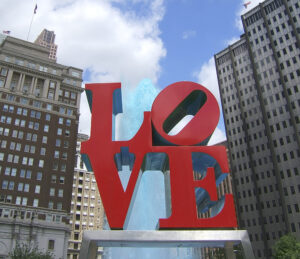Despite the name, the Underground Railroad was not underground and was not a railroad. It was actually a network of people, homes, and hideouts slaves used to escape to freedom. The name came about from members using railroad terms to communicate in secrecy. For example, people who led slaves along the route were “conductors” and homes they hid in were “stations.” The Underground Railroad is just one of the many attractions our Black History tours expose students to help them gain a deeper understanding of the black American experience.







